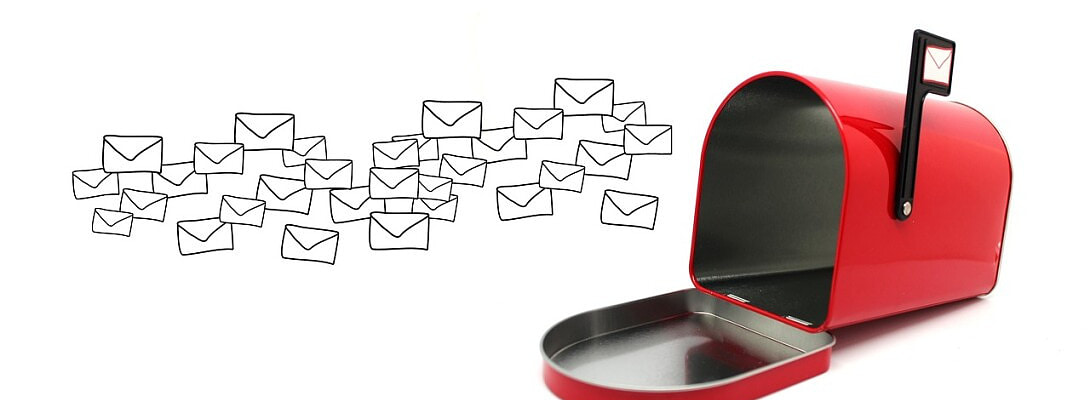Writing Emails That Sell Without Being Spammy
Let’s talk email marketing. It’s one of the most powerful ways to connect with your audience, but it’s also tricky to get right. I’ve sent campaigns that felt spot-on and others that fell flat. What I’ve learned along the way is this: people want to feel like you’re talking to them, not just selling something.
If you’re struggling to get your emails opened, clicked, or even noticed, don’t worry—you’re not alone. In this post, I’ll share tips to help you craft emails that feel personal, provide value, and still get results.
Why Emails Are Worth the Effort
Here’s the deal: emails land directly in someone’s inbox. No algorithm decides whether they see your content or not (looking at you, social media). Plus, email ROI is massive—like $36 for every $1 spent.
But stats aside, here’s why I like email:
- It’s your chance to tell your story.
- It lets you connect with your audience in a way that feels personal.
- It can drive sales without feeling pushy.
How to Write Emails People Actually Want to Read
1. Nail the Subject LineThink of your subject line as the email’s first impression. It needs to grab attention without being clickbait-y.
What Works for Me:
- Keep it conversational: “You’re going to love this!”
- Spark curiosity: “Why I almost gave up (but didn’t).”
What doesn’t work? ALL CAPS and too many exclamation marks!!!! That’s a shortcut to the spam folder.
2. Make It PersonalNobody likes being another name on a list. Add a personal touch—like using their name or sharing something about yourself.
Example: I’ve seen higher open rates when I included personal stories, even if the click-throughs didn’t always follow. People enjoy reading something they can relate to.
3. Focus on the ReaderHere’s a hard truth: people don’t care about what you’re selling. They care about how it helps them. Shift your focus to the reader’s benefit.
Instead of: “Check out my new product.”
Try: “Here’s how to make your life easier in 5 minutes.”
Don’t leave people wondering what to do next. Make it obvious.
Examples:
- “Download your free guide now.”
- “Grab your spot before the sale ends.”
Keep it simple—one CTA per email works best.
Avoiding the Spammy Vibes
Nobody likes feeling like they’re being sold to 24/7. Here’s how to avoid the spam zone:
- Skip the Clickbait:
Deliver on what your subject line promises. If your email feels like a bait-and-switch, you’ll lose trust. - Limit the Hard Sell:
Not every email needs to scream, “Buy now!” Share tips, tell a story, or offer something helpful. - Test Your Emails:
Tools like Mailchimp or ConvertKit let you test your emails before sending. Make sure they’re mobile-friendly and not triggering spam filters.
Tools I’ve Used (and Recommend)
- Mailchimp: Great for beginners. Easy to use and lets you test campaigns.
- ConvertKit: Perfect for creators who want to add a personal touch.
- Grammarly: Catches typos and helps your email sound polished.
- ChatGPT (Yes, This Tool!): Use it to brainstorm subject lines or clean up your content.
Conclusion
The beauty of email marketing is that it’s personal. It’s a way to build trust with your audience while offering them value. Focus on being authentic, sharing stories, and making it easy for your readers to take action.
Emails aren’t just about sales—they’re about connection. Start small, experiment, and tweak as you go. You’ll figure out what works best for your audience.
Your Turn: Have you tried email marketing yet? What’s worked for you, and what challenges have you faced? Let’s share tips and ideas in the comments below—I’d love to hear your experiences!
Join FREE & Launch Your Business!
Exclusive Bonus - Offer Ends at Midnight Today
00
Hours
:
00
Minutes
:
00
Seconds
2,000 AI Credits Worth $10 USD
Build a Logo + Website That Attracts Customers
400 Credits
Discover Hot Niches with AI Market Research
100 Credits
Create SEO Content That Ranks & Converts
800 Credits
Find Affiliate Offers Up to $500/Sale
10 Credits
Access a Community of 2.9M+ Members
Recent Comments
2
Join FREE & Launch Your Business!
Exclusive Bonus - Offer Ends at Midnight Today
00
Hours
:
00
Minutes
:
00
Seconds
2,000 AI Credits Worth $10 USD
Build a Logo + Website That Attracts Customers
400 Credits
Discover Hot Niches with AI Market Research
100 Credits
Create SEO Content That Ranks & Converts
800 Credits
Find Affiliate Offers Up to $500/Sale
10 Credits
Access a Community of 2.9M+ Members

Excellent advice here Jeremy! A quality and personal email can certainly help to increase conversions my friend! :-)